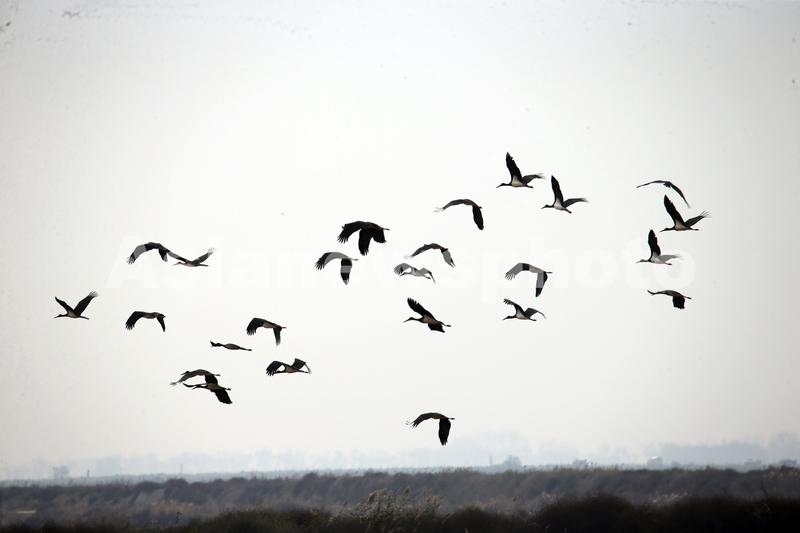More black storks prove success of green policies


BEIJING-With an improving ecological environment, the capital of China has witnessed a steady increase in the number of rare black storks, of which there are now more than 100, local authorities said.
The habitat and feeding areas of the endangered bird have basically expanded from Beijing's Fangshan district to the whole city, according to Beijing Gardening and Greening Bureau.
As a Class A protected animal in China, the black stork is an important environmental indicator as it is "picky" about its habitat, especially foraging waters, according to Ji Jianwei, deputy director of Beijing Wildlife Rescue and Rehabilitation Center, a government-funded organization established in 2001 affiliated to the greening bureau to care for injured wild animals.
"In the past, due to a lack of rainfall and a dry climate, many rivers in Beijing were seriously short of water or even dried up seasonally," Ji says. "Therefore, there were not many habitats suitable for black storks."
To protect the animal, the Beijing Gardening and Greening Bureau has strengthened the ecological restoration of Fangshan, the district where black storks frequent, and also established a "black stork protection community" for the reproduction, foraging and resting of the animal.
Every winter when the black storks are unable to feed on the freezing river, the Beijing Wildlife Rescue and Rehabilitation Center will organize personnel to feed the bird properly to ensure they can survive the colder months.
"Through continuous efforts, the population of the black stork in Fangshan district has reported steady growth, with its habitat gradually expanding across the capital," Ji says.
"The improving environment in Beijing has provided the black stork with favorable nesting sites and sufficient food, which has allowed them to increase their population and live over a wider area," says Gao Wu, a bird expert and associate professor at Beijing Normal University.




































